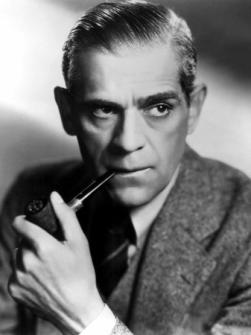 The second of the Big Three horror icons (Bela Lugosi, Boris Karloff, Lon Chaney Jr.), Boris Karloff found stardom with Frankenstein after struggling in silent films. He was grateful for his success and never minded being typecast, and typecast he was. If he wasn’t a monster, a monstrous servant, or a crazed killer, he was a mad doctor. His résumé includes dozens of roles that had “Dr” as part of the name.
The second of the Big Three horror icons (Bela Lugosi, Boris Karloff, Lon Chaney Jr.), Boris Karloff found stardom with Frankenstein after struggling in silent films. He was grateful for his success and never minded being typecast, and typecast he was. If he wasn’t a monster, a monstrous servant, or a crazed killer, he was a mad doctor. His résumé includes dozens of roles that had “Dr” as part of the name.
As he has so many films that are worth seeing, but not absolutely essential, I have a greater number of honorable mentions than usual. One goes to the enjoyable The Raven (1963), and another to the incredible set design for The Black Cat (1934), and yet another to The Ghoul (1933), the first British horror film; it’s a solid old dark house film and Karloff is excellent. Also an honorable mention to Scarface (1932), which is an important film, but flawed—and Karloff is poor in it. And one more for The Mask of Fu Manchu (1932), which has multiple problems, but Karloff and Myrna Loy are amazing, and if “best” meant “favorite,” it would be on the list below. And a final mention for Five Star Final (1931), a look at the evils of yellow journalism starring Edward G. Robinson. Karloff plays a drunken and particularly sleazy agent of the paper who dresses as a priest to get information, which makes him not only the best supporting actor for that year (from #2 below), but also the second best.
A list of Karloff’s best performances would include his marvelous narration for How the Grinch Stole Christmas, a film which would take third on the list below, but I’m keeping it off the list for entirely arbitrary reasons. Karloff’s best list is solid all the way through, but it is top heavy.
His top films, starting at #8:
8 – Isle of the Dead (1945) – One of three collaborations with Val Lewton. A complicated character piece with a simple plot: a plague sweeping an island.
7 – The Old Dark House (1932) – A quirky film—part horror, part comedy, but not a horror comedy, directed by James Whale. A group of odd characters are stranded in a mysterious house. (My review)
6 – The Mummy (1932) – A retread of Dracula—a bit slow, but Karloff is wonderful as his second great monster. The first few minutes make it all worthwhile. (My review)
5 – Tower of London (1931) – A horror-tinged version of the story of Richard III. Karloff plays Mord,the executioner, who is Richard’s right hand man. and is essentially Richard’s darker aspect taken human form. It is another fantastic performance by Karloff, as well as star Basil Rathbone and a young Vincent Price. (My Review) [Also on the Vincent Price List]
4 – The Body Snatcher (1945) – There are more Victorian body snatcher movies than there were Victorian body snatchers, and this is the best. Karloff rules the film, with Bela Lugosi in a lesser part as a servant. [Also on the Bela Lugosi List]
3 – Son of Frankenstein (1939) – A surprisingly good third entry in the franchise. It is seeped in German expressionism. Karloff gets a reduced role; Basil Rathbone is the lead, but Lugosi steals the film as Ygor. (My review) [Also on the Bela Lugosi List]
2 – Frankenstein (1931) – Does Frankenstein need an explanation? (My Review)
1 – Bride of Frankenstein (1935) – Arguably the greatest horror film of all time, and the greatest sequel of all time. It is (without argument) Karloff’s best performance. (My review)
 Lugosi had a presence, a charisma, that shaped scenes and entire films. Was he a good actor? It’s hard to say. He wasn’t really given a chance. With his thick accent and less-than-perfect English, his roles were going to be limited. Add in the tendency to pigeonhole horror actors and his own poor choices, and he ended up with a troubled career. But he had a few moments, and those have made him an icon.
Lugosi had a presence, a charisma, that shaped scenes and entire films. Was he a good actor? It’s hard to say. He wasn’t really given a chance. With his thick accent and less-than-perfect English, his roles were going to be limited. Add in the tendency to pigeonhole horror actors and his own poor choices, and he ended up with a troubled career. But he had a few moments, and those have made him an icon.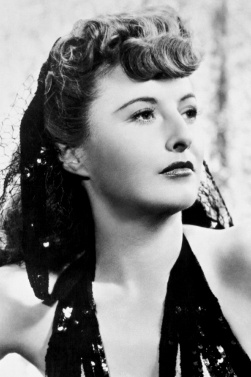 When I was a child in the ‘60s, Stanwyck was known primarily as a television Western star. But time is not kind to TV shows in general and particularly not to Westerns, so that work is fading from cultural memory, which is for the best in this case as she should be remembered first as a film actress.
When I was a child in the ‘60s, Stanwyck was known primarily as a television Western star. But time is not kind to TV shows in general and particularly not to Westerns, so that work is fading from cultural memory, which is for the best in this case as she should be remembered first as a film actress.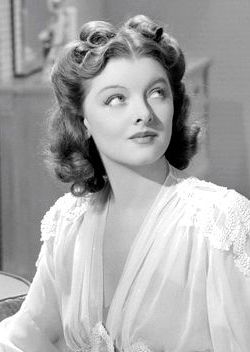 If I’m doing a list for William Powell, then I should do one for Loy, and even more so as this is an easy list to make—it has a great deal of overlap with my
If I’m doing a list for William Powell, then I should do one for Loy, and even more so as this is an easy list to make—it has a great deal of overlap with my 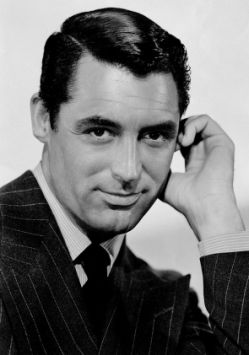 I’ve written before that
I’ve written before that  In old Hollywood, that sold the appearance of sophistication, Powell was the sophisticate’s sophisticate. No one was smoother. He was class personified. I like him in any movie, even when the movie is not so good. No matter the part, Powell made it better.
In old Hollywood, that sold the appearance of sophistication, Powell was the sophisticate’s sophisticate. No one was smoother. He was class personified. I like him in any movie, even when the movie is not so good. No matter the part, Powell made it better.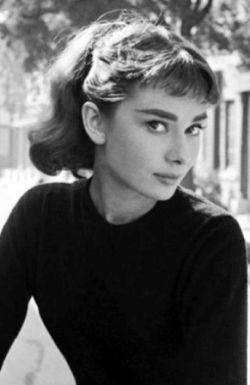 An elfin beauty that arose at the close of the golden age of Hollywood, Hepburn had aspects of both royalty and innocence. Her fame came from romantic comedies, where those qualities, and her nearly supernatural charisma could shine. Those attributes were muted in dramas, which made it harder for her to rise over the material, and much of her dramatic material left much to be desired: A Nun’s Story is poorly written and A Children’s Hour misses the point of the play. Then there is the romantic drama Green Mansions, which I do recommend as a film to watch while muttering “What the Hell.” (Really, it’s nuts.)
An elfin beauty that arose at the close of the golden age of Hollywood, Hepburn had aspects of both royalty and innocence. Her fame came from romantic comedies, where those qualities, and her nearly supernatural charisma could shine. Those attributes were muted in dramas, which made it harder for her to rise over the material, and much of her dramatic material left much to be desired: A Nun’s Story is poorly written and A Children’s Hour misses the point of the play. Then there is the romantic drama Green Mansions, which I do recommend as a film to watch while muttering “What the Hell.” (Really, it’s nuts.)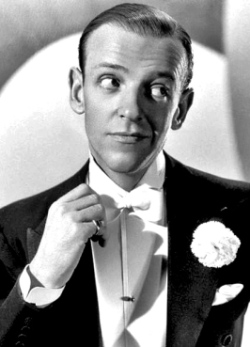 Fred Astaire is the king of cinematic dance. No one is even close. I’ve loved watching him dance all my life, though the movies he danced in didn’t always live up to his talents. But his finest are the cream of film musicals. Astaire is best known for his paring with Ginger Rogers. They made ten films together and changed the nature of dance on film. The top Astaire/Rogers films sparkled on three fronts: musical numbers, comedy, and a fantastical world. All three were very important to depression era audiences. Great dancing was always present in any Astaire film, but the comedy could be uneven. Strangely, it was neither of those, but the world building that split off the early films. In those, the two danced not in our world, but in an art deco paradise, beautiful and immaculate far beyond the dreams of reality. The lesser of the ten, such as The Story of Vernon and Irene Castle (1939) and The Barkleys of Broadway (1949) still had a Hollywood version of reality, but it wasn’t the marble dream of Top Hat and Shall We Dance.
Fred Astaire is the king of cinematic dance. No one is even close. I’ve loved watching him dance all my life, though the movies he danced in didn’t always live up to his talents. But his finest are the cream of film musicals. Astaire is best known for his paring with Ginger Rogers. They made ten films together and changed the nature of dance on film. The top Astaire/Rogers films sparkled on three fronts: musical numbers, comedy, and a fantastical world. All three were very important to depression era audiences. Great dancing was always present in any Astaire film, but the comedy could be uneven. Strangely, it was neither of those, but the world building that split off the early films. In those, the two danced not in our world, but in an art deco paradise, beautiful and immaculate far beyond the dreams of reality. The lesser of the ten, such as The Story of Vernon and Irene Castle (1939) and The Barkleys of Broadway (1949) still had a Hollywood version of reality, but it wasn’t the marble dream of Top Hat and Shall We Dance.

 Katharine Hepburn is known as one of the great actress of the golden age as well as a feminist icon. And she earned those reputations by many fantastic, meaningful, and politically relevant films. Unfortunately she made as many horrible and backward ones. Well, that happens, but for this list of her best, I’ll be avoiding the many dripping melodramas, sexist films, and her portrayal of a brave Chinese woman.
Katharine Hepburn is known as one of the great actress of the golden age as well as a feminist icon. And she earned those reputations by many fantastic, meaningful, and politically relevant films. Unfortunately she made as many horrible and backward ones. Well, that happens, but for this list of her best, I’ll be avoiding the many dripping melodramas, sexist films, and her portrayal of a brave Chinese woman.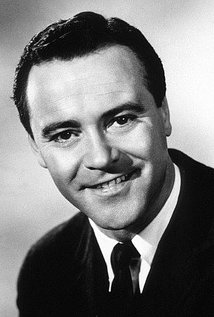 I made a list for
I made a list for 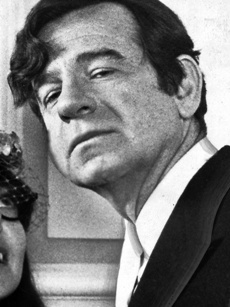 I watched the wonderful Hopscotch last night, which made me think of all the great Walter Matthau films and how likely it is that some of my friends haven’t seen them. Matthau’s film career started with him stuck in villain roles. For the gruff actor, that seems the natural fit, but it wasn’t. He was adequate in those roles, but didn’t stand out.
I watched the wonderful Hopscotch last night, which made me think of all the great Walter Matthau films and how likely it is that some of my friends haven’t seen them. Matthau’s film career started with him stuck in villain roles. For the gruff actor, that seems the natural fit, but it wasn’t. He was adequate in those roles, but didn’t stand out.